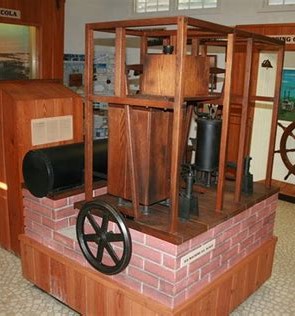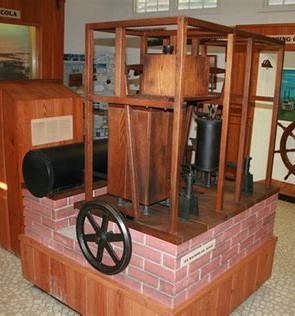Dr. Gorrie and the search for cold air
Two nasty diseases, malaria and yellow fever, held sway in hot, low-lying, tropical and sub-tropical areas for centuries.
These areas had high humidity and rapid decomposition of vegetation and when people came down with high fevers that often killed them, they (wrongly) believed that the killer was mal-aria (bad air). The putrid winds from the marshy areas were regarded as deadly, especially at night.
Although today we associate malaria and yellow fever with the jungles of India, Africa, and South America, both were present in the United States across the far southern states through the early years of the 20th century.
By the mid-1880s people had discovered that quinine could be used to deal with malaria, but there was no cure nor preventive vaccine for yellow fever.
John Gorrie, doctor inventor
However, a doctor in Florida, John Gorrie, was convinced that cold could be the healer. He noted that “nature would terminate the fevers by changing the seasons.”

So, Dr. Gorrie decided to find a way to make hot air cold. And rather than ship ice down from the norther states he invented mechanical refrigeration. He submitted a patent petition in February, 1848 and by April of that year he had an ice machine built in the high-tech city of Cincinnati.
Today we know that both malaria and yellow fever are caused by viruses transmitted by mosquito bites and that swamp gas is just smelly air. However, Dr. Gorrie’s search for cold air has benefited us to this day. So, the next time you are in a cold movie theatre you can thank (or blame) the good doctor.
Lesson
Technology is funny – sometimes it’s the unintended uses that have the biggest impact.
Application
Use your imagination and invent a solution to a problem that really bothers you.
Never miss out!
Get an email update every time I publish new content. Be the first to know!

